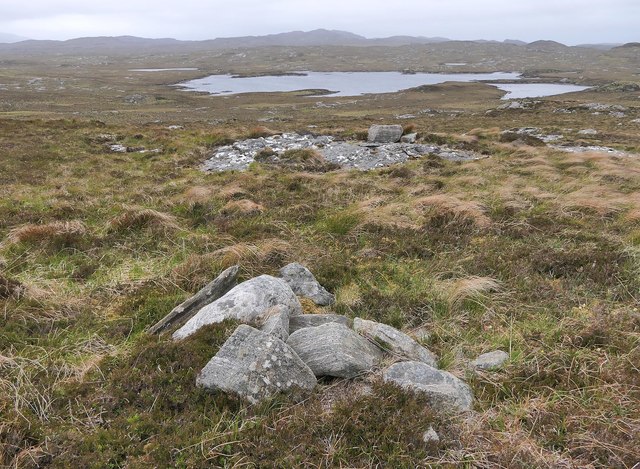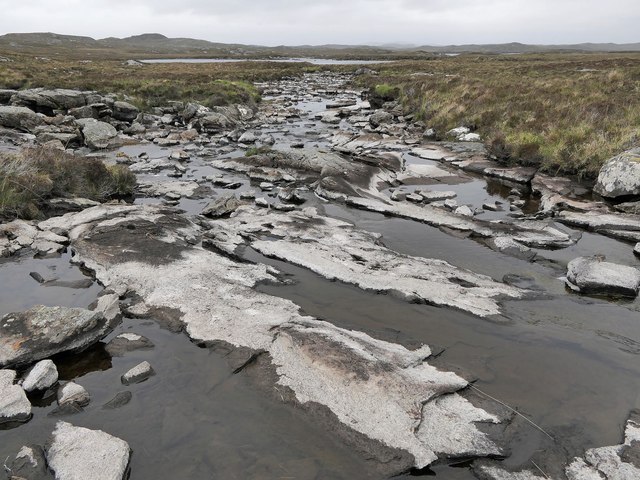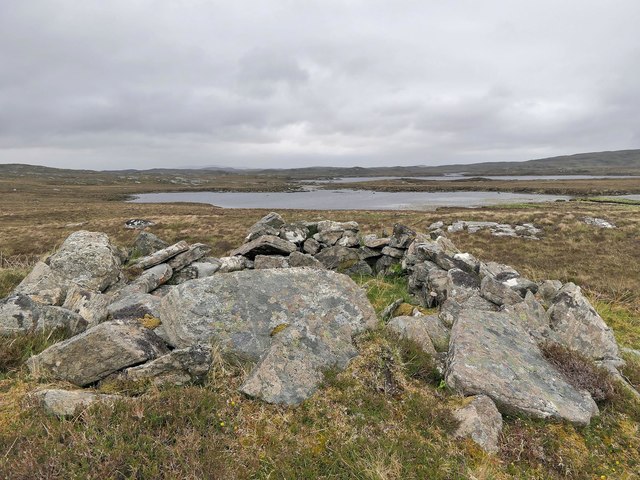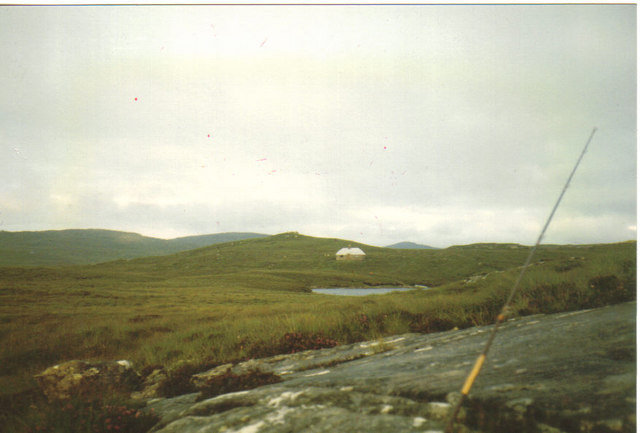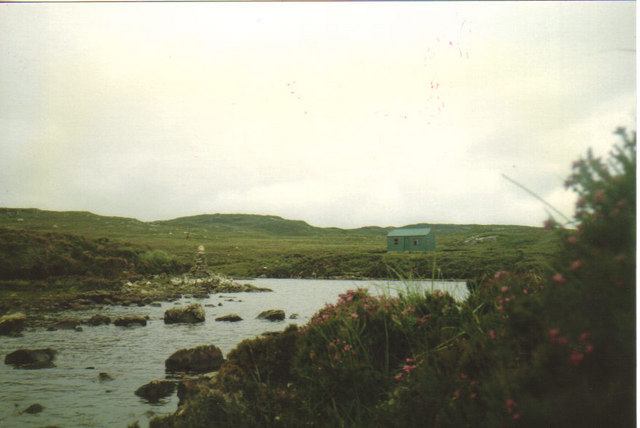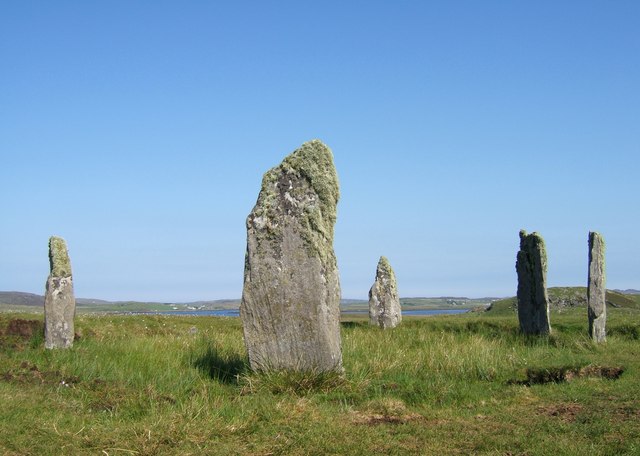Àirde Gille Mhicheil
Landscape Feature in Ross-shire
Scotland
Àirde Gille Mhicheil
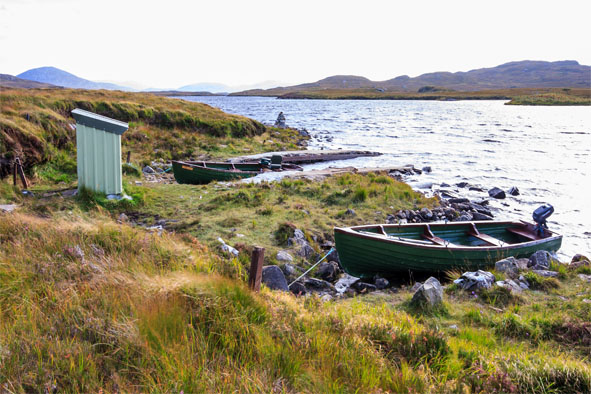
Àirde Gille Mhicheil, located in Ross-shire, Scotland, is a prominent landscape feature that stands as a testament to the area's rich natural beauty. The name translates to "Michael's Servant's Height" in English. It is a distinct hill that rises majestically from the surrounding lowlands, offering breathtaking panoramic views of the surrounding countryside.
At an elevation of approximately 599 meters (1,965 feet), Àirde Gille Mhicheil dominates the skyline and acts as a landmark for locals and visitors alike. Its steep slopes are covered in a patchwork of heather, grasses, and mosses, creating a picturesque scene that changes with the seasons. During the summer, vibrant colors envelop the hillside, with wildflowers in full bloom.
The hill is part of the larger landscape of Ross-shire, which is known for its rugged terrain and dramatic landscapes. Àirde Gille Mhicheil is particularly renowned for its views of nearby lochs, including Loch Carron and Loch Damph. On clear days, the shimmering waters of these lochs can be seen, adding to the overall beauty and allure of the area.
Hikers and outdoor enthusiasts are drawn to Àirde Gille Mhicheil, as it provides an excellent opportunity for exploration and adventure. Numerous trails traverse the hill, offering a range of difficulty levels to suit various abilities. Visitors can ascend to the summit, where they are rewarded with breathtaking vistas of the surrounding countryside, including the nearby Torridon mountains.
Overall, Àirde Gille Mhicheil is a captivating landscape feature that showcases the natural beauty of Ross-shire. Its commanding presence, stunning views, and diverse flora make it an enchanting destination for nature lovers and outdoor enthusiasts.
If you have any feedback on the listing, please let us know in the comments section below.
Àirde Gille Mhicheil Images
Images are sourced within 2km of 58.130855/-6.7426923 or Grid Reference NB2025. Thanks to Geograph Open Source API. All images are credited.
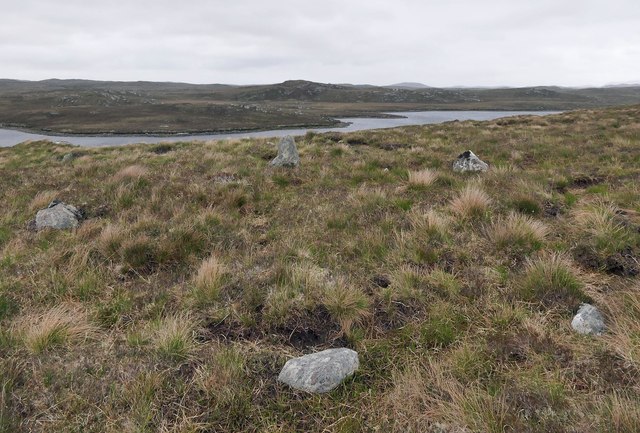
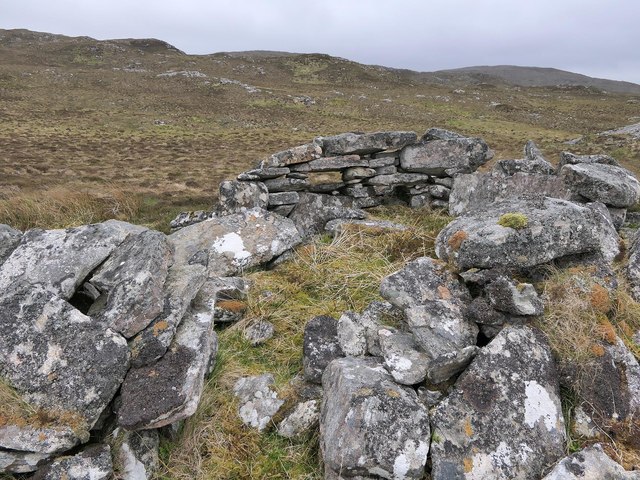
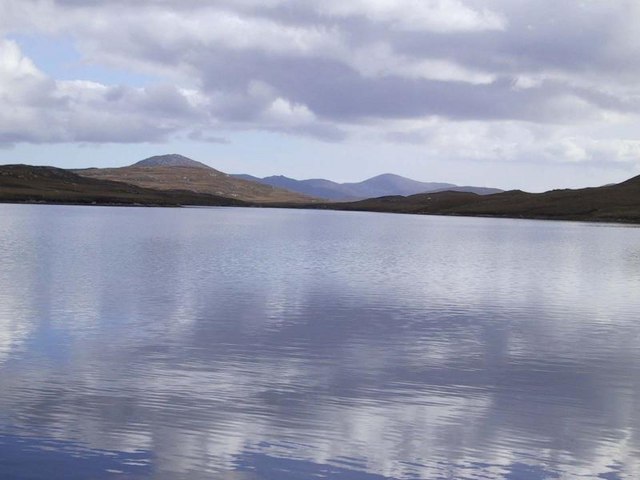
Àirde Gille Mhicheil is located at Grid Ref: NB2025 (Lat: 58.130855, Lng: -6.7426923)
Unitary Authority: Na h-Eileanan an Iar
Police Authority: Highlands and Islands
What 3 Words
///firebird.clocks.episodes. Near Leurbost, Na h-Eileanan Siar
Related Wikis
Eilean Mòr, Loch Langavat
Eilean Mòr is an island in Loch Langavat on the Isle of Lewis in the Outer Hebrides of Scotland. == Footnotes ==
Callanish IV
The Callanish IV stone circle (Scottish Gaelic: Ceann Hulavig) is one of many megalithic structures around the better-known (and larger) Calanais I on...
Garynahine
Garynahine (Scottish Gaelic: Gearraidh na h-aibhne) is a settlement on Lewis, in the Outer Hebrides, Scotland. Garynahine is situated at a T-junction where...
Garynahine Estate
Garynahine Estate (Scottish Gaelic: Gearraidh na h-aibhne) in Garynahine, a village on the Isle of Lewis, Outer Hebrides was owned by Sir James Matheson...
Have you been to Àirde Gille Mhicheil?
Leave your review of Àirde Gille Mhicheil below (or comments, questions and feedback).
